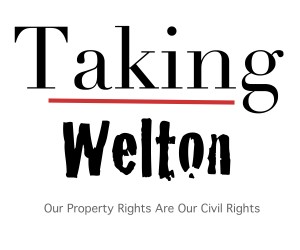Op-Ed: Denver: Make transit-oriented living possible for everyone
“Denver city planners and politicians have coalesced around a vision for transit-oriented development (TOD) around the hundreds of new FasTracks stations (2). By coordinating transportation and land use policy, TOD is a viable and promising alternative to automobile-oriented, inefficient suburban sprawl. TOD policy can shape the form of communities through planning efforts, zoning changes, and public financing mechanisms that all seek to incentivize dense housing and shared retail amenities close to the station (3). By enabling more people to live close to the station, and providing access to other daily needs nearby, TOD makes riding transit more attractive and economical. The benefits go beyond higher ridership, however. TOD can alleviate congestion, reduce air pollution, enhance transit operations, and improve physical health by encouraging walking and biking (4).
The appeal of TOD is not lost on real estate developers. Their profit-maximizing motives, if unregulated by public policy, will result in transit-oriented housing being within the economic prospects of only the affluent. Both demand-side and supply-side pressures that make it probable that housing around transit will be very expensive (5). First, the high demand for TOD has already driven investors to buy up land near future stations. Many of these developers break up the land into smaller plots to roll up higher overall profits, which makes it more difficult to build dense housing. Land prices are rising as speculation about future returns increases. High land prices means that developers will have to build high-priced housing that can generate profitable returns.
“
Transportation Policy Blog 9 June 2013.
*
